|
Star-nosed mole Most extensive distribution of any North American mole, and occurs substantially farther north than other species. Broadly distributed from the Atlantic region, including Cape Breton Island, in the east to eastern Manitoba in the west (an isolated population may occur in Riding Mountain National Park, Manitoba). In the United States this mole is found all along the Atlantic coast to extreme northern Florida, and among the Appalachian Mountains to eastern Tennessee and western South Carolina. |
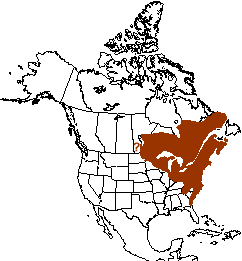 Condylura cristata
Condylura cristata
|
|
|
Hairy-tailed mole
In Canada, this mole ranges from the Agawa Bay region of eastern Lake Superior, Ontario, across southern Quebec, and possibly into New Brunswick. In the United States, the hairy-tailed mole can be found south into Conneticut, and along the Appalachian Mountains into northeastern Tennessee and western North Carolina. From here, the species occurs north through central Ohio to the southwestern tip of Lake Ontario. |
|
Eastern mole
Largest range of any North American mole, occuring throughout much of the United States where soils are favorable. Ranges from northern Mexico to southeastern South Dakota in the west. East into Minnesota, Wisconsin, and south of the Great Lakes in Michigan, and into extreme southwestern Ontario. Found south through Ohio into Kentucky, then northeastern into Massachusetts and much of southern New England, and then south the the southernmost tip of Florida. |
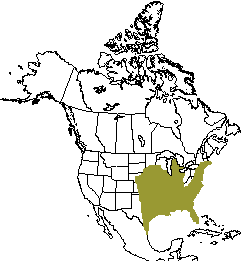 Scalopus aquaticus
Scalopus aquaticus
|
 Neurotrichus gibbsii
Neurotrichus gibbsii
|
American shrew-mole
Restricted to western regions of North America from Santa Cruz County, California, and north through western Oregon and Washington. An isolated population occurs on Destruction Island, Washington. In Canada, shrew-moles are restricted to southwestern British Columbia, and were recently reported to occur as far north as the Squamish region. |
|
Coast mole
The coast mole occurs from the Fraser Delta region of southwestern British Columbia, south through the western portions of Washington and Oregon to coastal regions of northwestern California. It is also known to occur in parts of eastern Washington and Oregon and in one area of extreme west-central Idaho. |
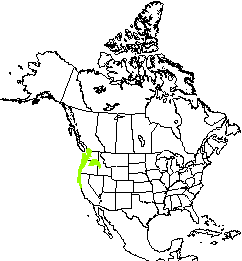 Scapanus orarius
Scapanus orarius
|
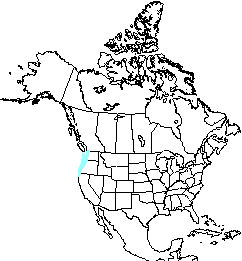 Scapanus townsendii
Scapanus townsendii
|
Townsend's mole
More restricted in distribution than the coast mole, Townsend's mole is typically a lowland species that occurs from extreme northwestern California in the south, and upwards along the coastal regions of Oregon and Washington. The extreme northern range of the species barely places it into the southernmost reaches of southwestern British Columbia, where it is protected. |
|
Broad-footed mole
The southernmost distributed of the western North American moles, the broad-footed mole occurs from southern Oregon, south along the Pacific coastal regions to the San Pedro Martir Mountains in Baja California. Its range also extends throughout much of northern California east into western Nevada, then south in California east of the Central Valley. |
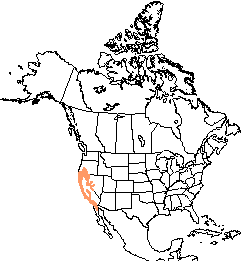 Scapanus latimanus
Scapanus latimanus
|
Europe
 Galemys pyrenaicus
Galemys pyrenaicus
|
Iberian desman
Primarily restricted to the edges of swift moving mountain streams in the Iberian Penninsula from southern France into Spain and northern Portugal. The range of this semi-aquatic talpid has declined rapidly within the past century, due to wide-spread water pollution inflicted mortality to their aquatic invertebrate prey items. |
Comments or Questions? campbelk@ms.umanitoba.ca
 Parascalops breweri
Parascalops breweri